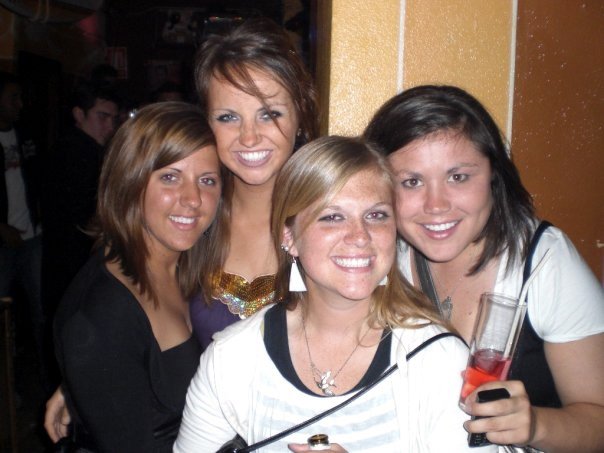Hogueras

Burning of the fogueras on La Rambla.
Wednesday, June 25, 2008
Warning: Explicit VIdeos
Hogueras is the yearly week-long festival of Alicante. From June 19-24 the entire downtown of the city shuts down. There are huge tents with food and tables in all the streets, vendors, gypsies, performers, concerts, dancing... At 2:00pm there is a giant fireworks display in Plaza de Luceros, with deafening booms that are meant to wake everyone up from the night before to go out and start "fiesta-ing" again. From 2:00pm until about 7:00 am it is chaos. Since my apartment is right about "La Rambla," or the main street of Alicante where all the fireworks and concerts happen, sleeping at night is close to impossible. Fireworks, bonfires, beach parties... anything goes. More about that later.
Part of Hogueras is a three weeks of bull fights, all held in Plaza del Toros. Each night three or four matadors perform, killing 6 bulls. Spain is known for their bull fights, and even though I wasn't sure how I would feel about it, I felt it was something I should see before I formed my opinion. Bromley and I went about a week ago. We bought the cheap upper balcony sun seats, (if your seat faces the sunset they are cheaper), figuring there was no need to be right on top of the bulls and blood. Wise decision. I would definitely not have wanted to sit any closer.
The entire ritual of the bull fight is very traditional, and distinctly separated into different elements of the fight. First they let in the BULL. These bulls are bred and brought up specifically for bull fighting by estate owners. The agressiveness and behavior of the bull means either honor or disgrace for the estate owners. If their bull puts up a good fights, or an "exceptional performance," the estate owner shares a victory lap with the matador after the fight.
The bull is released into the pen, with fire in its eyes, and races around trying to gore anything it can reach. Each matador works with a team of six other men, two on horseback with giant poking sticks, three flagmen who divert the bull in the ring when needed with capes, and two sword servants who hand the matador the weapons. First the flagmen test the bull's ferociousness, making him run around the ring, and the matador observes. The matador knowns the bull's pedigree before the fight, name, weight, age, quirks. These first few minutes are used to observe tiny little patterns, if the bull favors left over right, has eyesight in both eyes, which way it likes to turn, etc. All these factors are used to determine his strategy: how long the fight will last, how close to the bull he will get, which passes he'll try.
Next the picadors, or men on heavily padded and blindfolded horses, enter the ring. The bull attacks the horse, who stands still without knowing what is going on, and the picador uses his lance to stab the large mound of muscle on the neck of the bull. At the same time, the bull tries to pick up the horse with its horns, all of which weakens the neck muscle and causes a huge loss of blood, weakening the bull.
Next banderillas are thrown into the bull's flank by the flagmen or the matador himself. These are little dagger like rods decorated in the local colors. (Graphic, I know.) These further weaken the bull and sometimes make his charges more ferocious. The second video is of this portion. (I was freaking out during all this stabbing and blood everywhere. I was very glad we chose to sit further back, there was no need to be any closer. The Spaniards however were screaming and cheering and loving it. By this point I just wanted the bull to die and get it over with.)
The final stage is known as "death." The matador reenters the ring with a red cape, which is solely a matter of tradition because bulls are in fact colorblind. A series of passes are performed, demonstrating the control the matador has over the bull. (See the first video.) Eventually the matador uses a giant sword and stabs the bull through the aorta, aiming for a quick and clean death. Within a few moments of being struck, the bull literally collapses to the ground dead. It is drug out of the ring by a team of four horses, which pull it by its horns.
So that's about it. Then the next matador comes out and they release the next fresh bull, full of fire and ready to fight. Then it dies. Next... Keeps on going.
While I can appreciate the art and difficulty of the tradition, I don't know that I would want to go to another show. It was interesting, but not exactly my idea of a great time. There is an intermission in the middle, where everyone whips out a bocodilla (think sub sandwich) and their coolers of bevs. Bromley and I didn't know it was ok to bring things into the stadium, so obviously we were not prepared. However we were sitting next to some really nice people who gave us there extra sandwich and a giant bottle of water, just to be nice. I'm sure they had been watching my cover my eyes and seen both of our faces and known we were first-timers. Good samaritans.
Subscribe to:
Post Comments (Atom)












No comments:
Post a Comment